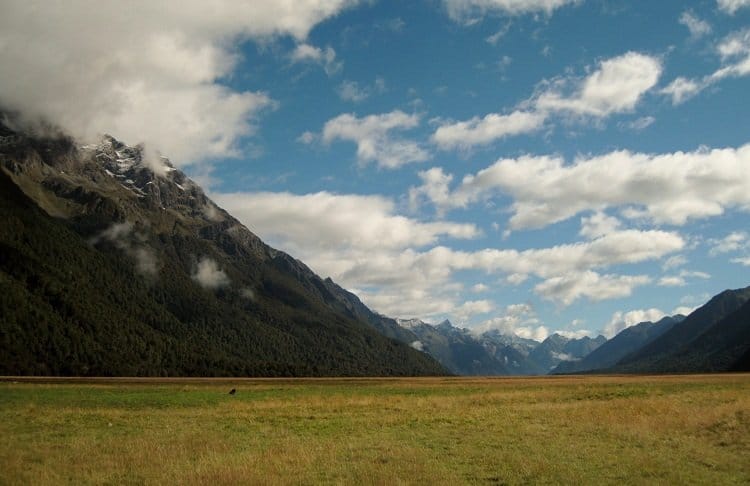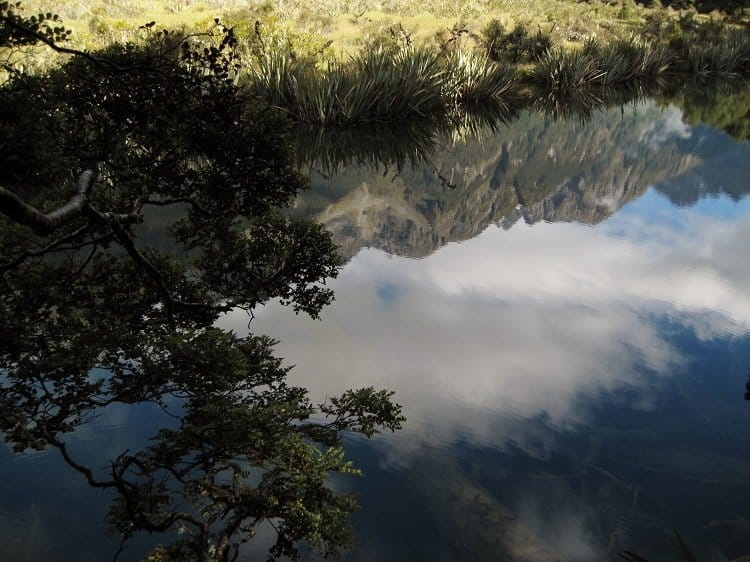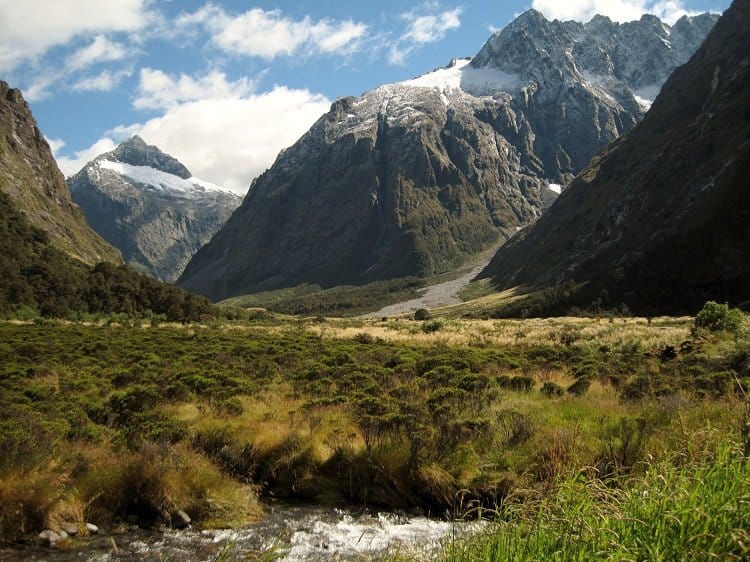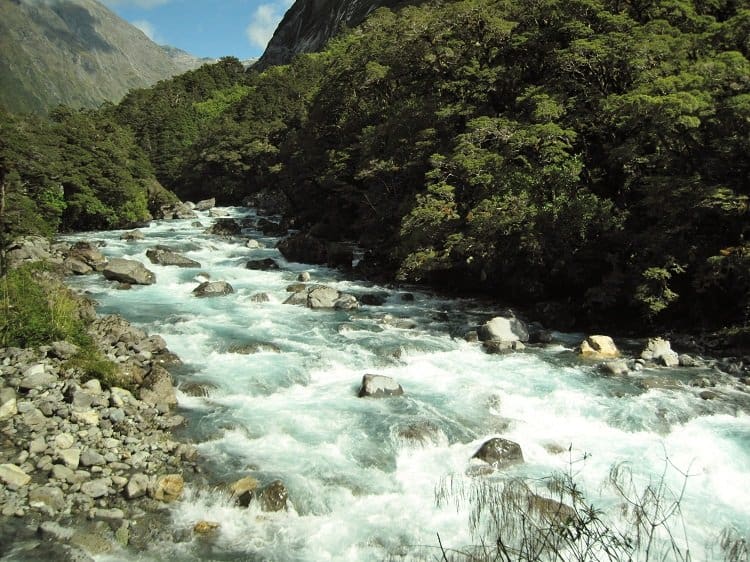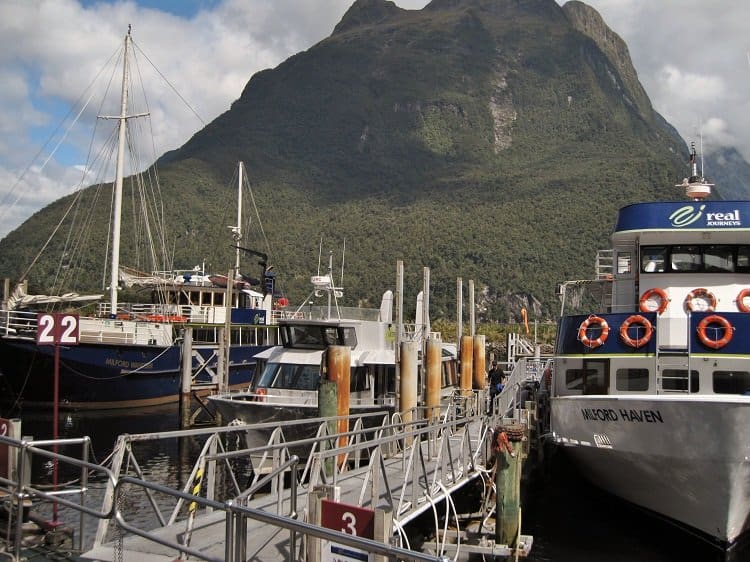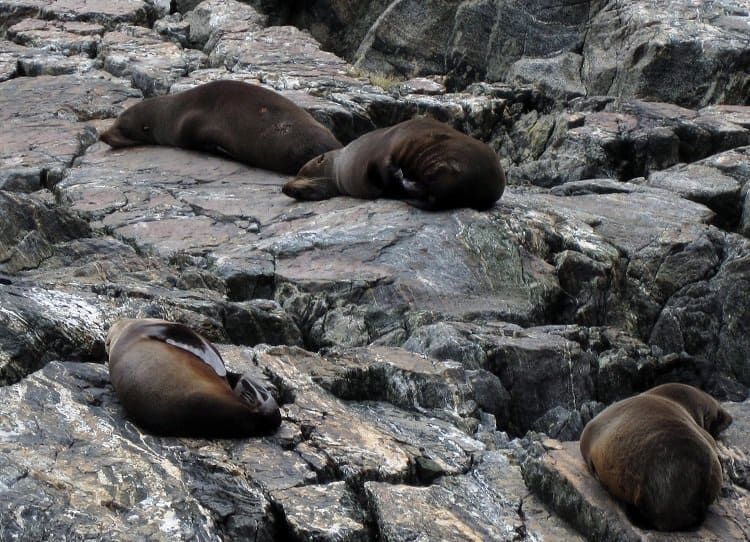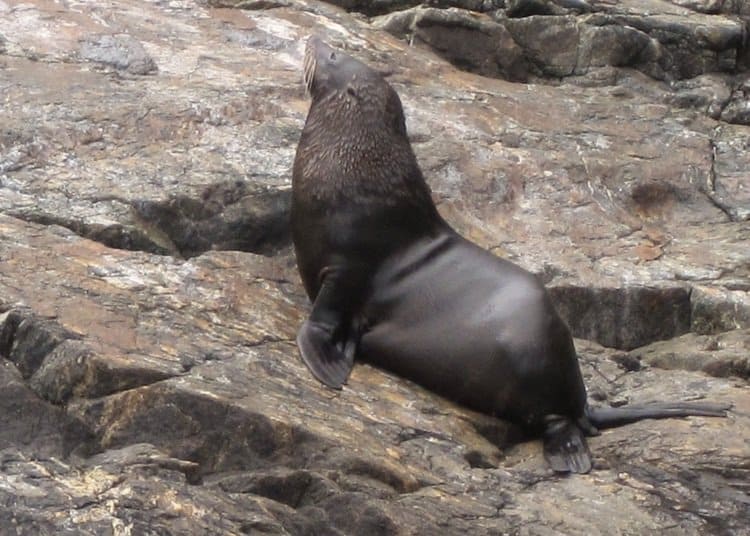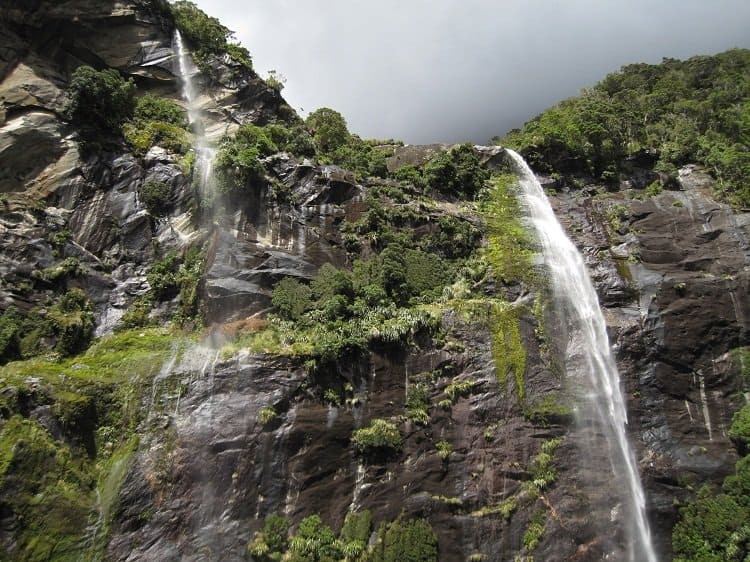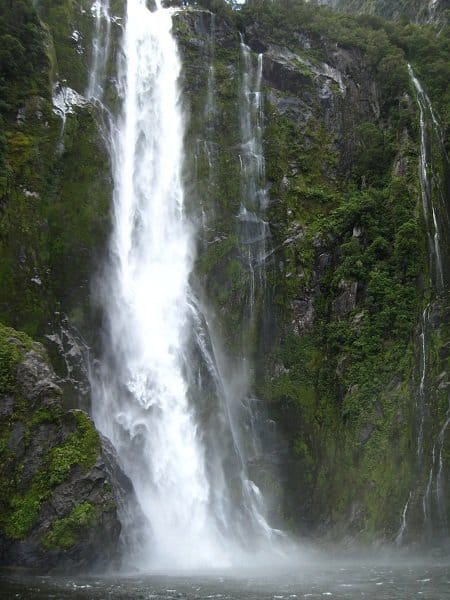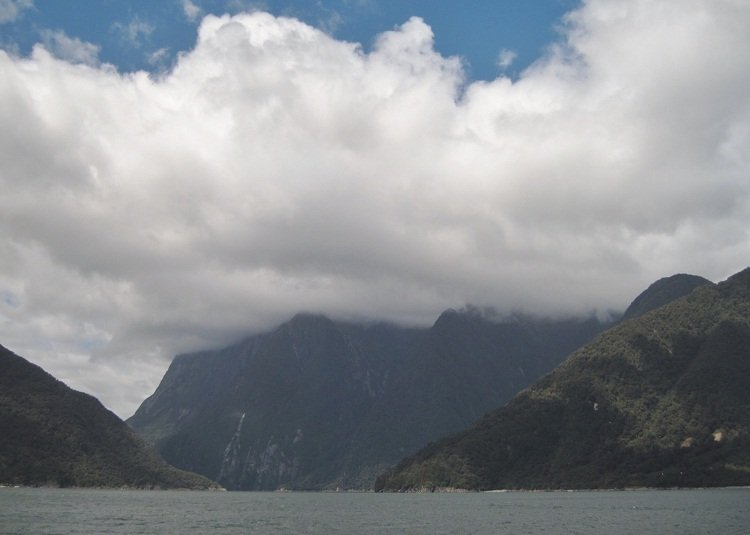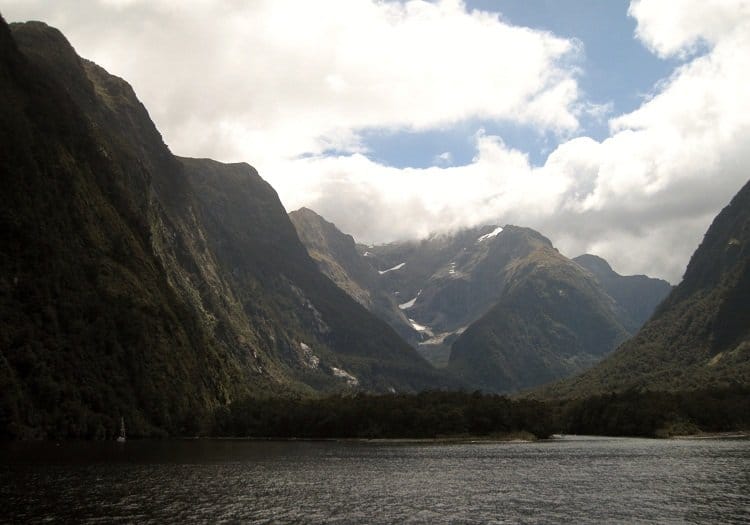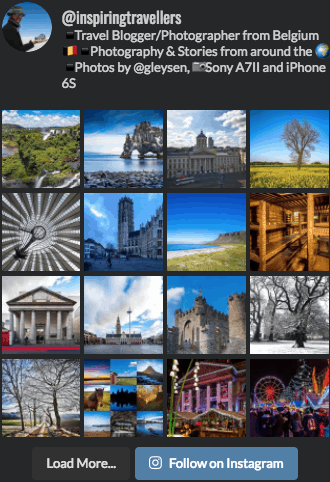One cold morning in Te Anau, we pried ourselves out of our freezing room to board a bus to the “must-see” destination of Milford Sound. (Why do hostels in the coldest parts of New Zealand think that drafty picture windows with flimsy curtains are the same as a wall, anyway?) We faced a plethora of options when choosing a company for this day trip. Some offered extended walks along the Milford Road, others tried to lure us with cheap fares or hot buffet lunches. It was a tough decision. In the end we booked a tour with Mitre Peak Cruises because they promised smaller crowds on the boat and a trip out past the mouth of Milford Sound, which the larger boats apparently can’t offer.
Milford Sound was actually misnamed by early European explorers. It was created by glacial action rather than flooding due to land sinking beneath the sea. It should be called a fiord for this reason, hence the name of the region in the South Island known as Fiordland. Milford is one of 14 fiords along these 215 kilometres of coastline. This is an area that is best visited in the summer and autumn months as avalanches can affect the Milford Road, which carries you to the main attraction. From Te Anau it takes over two hours to reach Milford Sound along a narrow, winding drive. Visitors choosing to self-drive should be prepared for a lot of traffic during the winter months, no fuel stops after Te Anau and required snow chains from May to November (these can be hired from local service stations).
Luckily we didn’t have to worry about any of that as we travelled in a luxury coach. I’m not often a fan of these behemoths, but with all the traffic and large numbers of other buses on the road, leaving the car in Te Anau sounds like a sensible option for everyone. Another way to see the area is to walk: Fiordland has several major walking tracks, including the well-known Milford, Routeburn, Kepler and Hollyford tracks. In hindsight, it would’ve been nice to walk the Milford Track, as it’s serviced by huts that only cost NZ$135 for three nights accommodation. We saw some gorgeous scenery along the drive and it would have been nice to experience that on foot.
We made several stops along the Milford Road. The scenery consists mostly of lakes, rivers, waterfalls and views of the stunning Southern Alps. We also saw the occasional patch of farmland and, of course, sheep. During the last stretch we passed through the 1.2 kilometre Homer Tunnel, which was cut through the sheer rock 945 metres above sea level to allow access to Milford Sound. At the end of our 119 kilometre journey, we reached the boat terminal. As expected, our boat was much smaller than the other two at the docks and we shared the sound with only about 73 other people.
The boats travel along a loop hugging the coast out to the sea. Our first long pause brought us right up to a colony of New Zealand Fur Seals. We watched one waddle proudly up the rocks while his mates slept in the sun. The boat stopped for several minutes to allow time for up-close viewing, which we really enjoyed. Our cruise continued, taking us past more waterfalls and bays, all the way out to St. Anne Point where a lighthouse signals the beginning of the sea. The big disappointment for me was cloud cover over the top of Mitre Peak. Every postcard and photograph of Milford Sound shows the snow-capped 1682 metre mountain rising out of the sea (one of the world’s highest to do so). But I suppose we should just be grateful for the mostly sunny day we had because Fiordland gets seven to nine metres of rain each year.
On the way back we got a closer view of Stirling Falls, which were so powerful you could feel the spray from the boat. Our skipper also took us past Pembroke Glacier, the last remaining glacier in Milford Sound that is a relic of the historic glaciers responsible for its formation. After docking, we boarded the bus for the ride back to Te Anau. We had no stops and I slept most of the way.
I feel that I must mention the sandflies. Everyone warned us about these tiny black pests and advised us to wear insect repellent (even on our faces) and cover up every inch of our bodies. While I recommend the latter because it is very cold on the water, we didn’t see a single one on our day out. I’m not sure that it was quite cold enough to keep them away and they aren’t meant to bother people out on the water. But visitors to Fiordland should be aware of these super-mosquitoes. Apparently the welts left by their bites can sting for weeks.
Have you been to Milford Sound? What was your experience?
